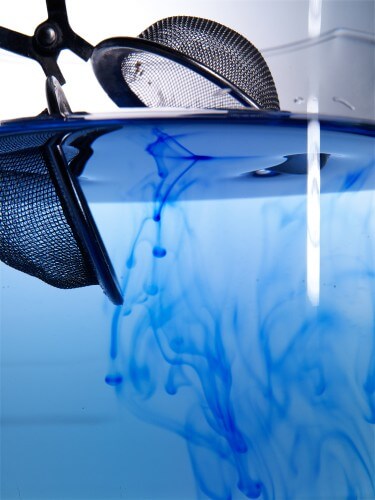Water purification is performed with different methods and for diverse purposes. In Israel, the filtering process is carried out in dedicated purification facilities, but there are also methods that can be applied at home

In Israel, efforts are being made for the industrial production of water and the recovery of purified wastewater for reuse. For reference, according to a report published by the Water Corporation in 2015, since 2010 additional water has been produced in Israel to the extent of 4.5 billion cubic meters. This is an incredible statistic that proves the ability and potential to prevent severe and irreversible damage to the country's natural water sources.
At the same time, the common methods of water purification are not known to the general public. Most of us are used to consuming the water directly from the tap or from dedicated mineral facilities, without understanding the long process or the meaning of treatment and disinfection. The result is a lack of awareness and possible damage to the ability to change the patterns of water consumption habits among the public.
Get to know the filtration process that is carried out in the water facilities in Israel
There are many methods to treat water and the choice is made according to the purpose of the water and the cost. Before the treatment itself, the water must be pumped from a source, or transported in pipes and containers. Equally important steps that are carried out before treatment and purification include coarse filtering to remove waste and large objects, storage for a period of several days to months to allow natural biological purification processes to occur and preparation for softening. It should also be noted the chlorine disinfection step that is carried out in many purification facilities to minimize the development of organisms in pipes and tanks.
The simplest method for purifying water requires boiling, sedimentation, filtration and disinfection. Tempering is done by removing turbidity and color by adding substances that cause solids to increase. Sedimentation is carried out in a special basin, into which water enters after passing through the seduction basin. Another filter helps to filter the flakes that have not settled and then the disinfection is also performed.
The water in Israel and in other places around the world is disinfected to remove disease agents. The disinfection is carried out both by adding substances to the water in the last stage of drinking water purification, and also by filtering. The common method of disinfection is using chlorine and in Israel the benefits of ozone disinfection or disinfection using ultraviolet light are less utilized.
What is the difference between distillation, fluorination and osmosis?
There are other methods for purifying water and among them it is worth mentioning mainly the differences between fluoridation, distillation and osmosis. Drinking water fluoridation is the exception on the list, because it is the addition of fluoride by the state authorities in order to reduce the rate of caries. In other words, fluoridation is not carried out for the purpose of disinfecting or purifying water, but to achieve other goals.
Distillation is a process based on physical elements. In this process, a liquid mixture is separated based on the different boiling points of the ingredients. If we take the simplest distillation system as an example, it seems that after the mixture is boiled, the vapors rising from the condensation are transferred to a separate vessel. These vapors are the gaseous state of the substance and have the lowest boiling point in the mixture. This operation is performed again for each material in the mixture, until it is separated from all of its various components.
The method of reverse osmosis Known to anyone who uses a mineral water dispenser at home or in the office. In Hebrew, this method is called "reverse pulsation", because it describes the process of passing a solution through a filter. The main osmosis steps in a home water purification facility, for example, are the use of a mechanical filter to prevent the passage of particles above a certain size, capturing chlorine with an activated carbon filter and finally removing additional compounds with a compressed carbon filter.
* This article is marketing content on behalf of the advertisers and under their responsibility.
